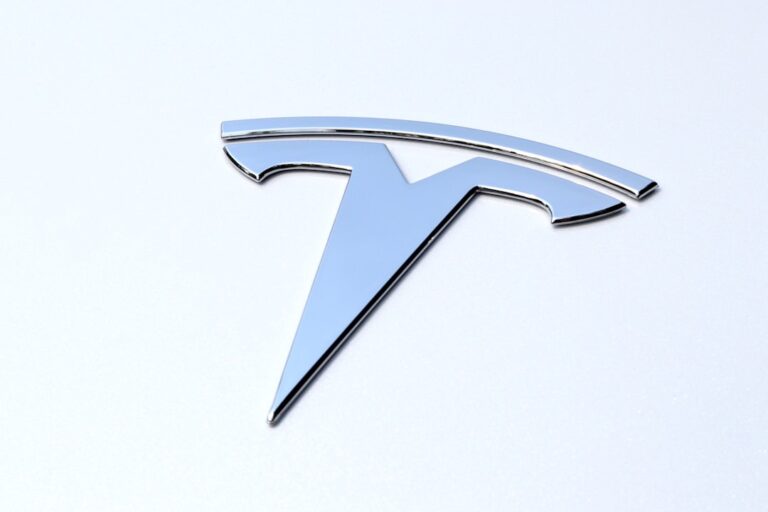
As Tesla gears up to report its quarterly delivery figures, the electric vehicle (EV) titan finds itself at a crossroads. Analysts and investors alike are bracing for what could be the company’s slowest quarterly growth in over a decade—a stark contrast to its meteoric rise in the early 2020s. While Tesla remains a bellwether for the EV revolution, mounting challenges suggest the road ahead may require more than just a software update. Let’s unpack the factors at play and what they could mean for the future of Elon Musk’s automotive empire.
A Departure from Hypergrowth
Tesla’s trajectory has long been the envy of the auto industry. From 2019 to 2023, the company averaged annual delivery growth of 40%, fueled by the runaway success of the Model 3 and Model Y. Fast-forward to Q1 2025, however, and whispers of a single-digit growth rate—or even a flatline—have shifted the narrative. Early estimates suggest deliveries could land between 450,000 and 470,000 vehicles, a figure that would represent a meaningful deceleration from prior years.
This isn’t just a blip on the radar. It’s a signal that Tesla’s growth engine, once unstoppable, is grappling with the realities of a maturing market.
The Perfect Storm: Why Growth Is Stalling
Several intertwined factors are clouding Tesla’s outlook:
- Market Saturation in Key Regions: Tesla’s early-adopter wave in North America and Europe has crested. With EV penetration exceeding 25% in these markets, the company now faces the tougher task of winning over mainstream buyers who may prioritize affordability over tech-forward branding.
- Rise of the Underdogs: Competitors like BYD, Rivian, and legacy automakers (think Ford and Volkswagen) are chipping away at Tesla’s dominance. BYD, in particular, has undercut Tesla on price in Asia and Europe, claiming the title of the world’s top EV seller in late 2024.
- Economic Headwinds: High interest rates and recession fears have softened consumer demand for big-ticket items. Leasing programs and price cuts have helped Tesla maintain volume, but margins have taken a hit—a concern for profitability-focused investors.
- Product Cycle Lull: The Cybertruck’s niche appeal and delayed launches of the Roadster and Semi have left Tesla reliant on aging models. Meanwhile, rivals are flooding the market with fresh designs, from compact SUVs to budget-friendly sedans.
Wall Street’s Temperature Check
Analyst sentiment ahead of the delivery report is cautious. “Tesla’s growth story is evolving, not evaporating,” notes Derek Saul of Forbes. “But the market’s patience for ‘potential’ wears thin when execution falters.” Others highlight the stock’s rich valuation—still priced at 50x forward earnings—as a risk if growth stagnates.
Not all perspectives are gloomy, though. Bulls argue that Tesla’s energy storage business and Full Self-Driving (FSD) software suite could offset automotive softness. A recent partnership with Uber to integrate FSD into ride-hailing fleets, for example, hints at untapped revenue streams.
Investor Takeaways: Navigating the Bumps
For shareholders, the delivery report will be a litmus test for management’s ability to adapt. Key questions include:
- Will Tesla double down on price cuts to defend market share, even if it squeezes margins?
- Can the company accelerate its next-gen vehicle platform to compete in the $25,000 EV segment?
- How quickly can non-automotive segments like Megapack batteries offset slower car sales?
While Tesla’s long-term vision—accelerating the world’s transition to sustainable energy—remains intact, short-term execution risks are rising. Investors should watch for updates on cost-cutting measures, factory expansions (particularly in emerging markets), and AI-driven innovations during the upcoming earnings call.
The Road Ahead
Tesla’s current challenges are a reminder that even disruptors face gravity. Yet the company’s agility, brand loyalty, and vertical integration provide levers to reignite growth. For now, the market’s message is clear: In an industry where change is the only constant, resting on laurels isn’t an option.
As the EV race enters its next lap, Tesla’s ability to innovate—not just in vehicles, but in business model creativity—will determine whether this quarter is a footnote or a turning point. One thing’s for certain: All eyes will stay glued to the dashboard.
—A financial analyst’s perspective on the EV sector’s evolving landscape.
